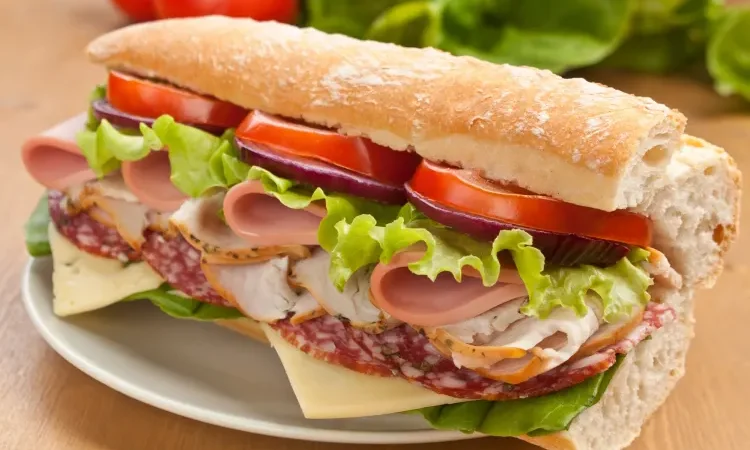How Many Bottles of Water is a Gallon

Water, the elixir of life, is an essential component of our daily existence. Whether we’re hydrating after a workout, quenching our thirst on a hot summer day, or simply maintaining our bodily functions, water is indispensable. Yet, despite its ubiquitous presence, there remains a mystery for many: just how many bottles of water constitute a gallon? In this article, we embark on a journey to unravel this enigma, delving into the intricacies of measurements, conversions, and practical applications.
Understanding the Gallon:
Before we dive into the calculation of how many bottles of water comprise a gallon, it’s crucial to comprehend what a gallon actually is. The gallon is a unit of measurement for liquid volume in both the US customary and imperial systems of measurement. In the US customary system, which is predominantly used in the United States, a gallon is defined as 128 fluid ounces. On the other hand, in the imperial system utilized in countries like the United Kingdom, a gallon consists of 160 fluid ounces. This discrepancy in fluid ounces between the two systems often leads to confusion, but for the purpose of this article, we’ll focus on the US customary gallon.
Bottle Sizes:
In the realm of bottled water, various sizes are available to consumers, ranging from small portable bottles to larger containers intended for home or office use. The most common sizes include 8 ounces, 12 ounces, 16.9 ounces (500 milliliters), and 1 liter. These sizes cater to different preferences and purposes, offering convenience and flexibility to consumers in their hydration choices.
Calculating Bottles per Gallon:
To determine how many bottles of water constitute a gallon, we need to consider the volume of each bottle in relation to the volume of a gallon. Let’s break it down:
- 8-Ounce Bottles: If we’re using 8-ounce bottles, we’d need 128 ÷ 8 = 16 bottles to make up a gallon.
- 12-Ounce Bottles: For 12-ounce bottles, the calculation would be 128 ÷ 12 = approximately 10.67 bottles. Since we can’t have a fraction of a bottle, we’d round it up to 11 bottles.
- 16.9-Ounce Bottles: With 16.9-ounce bottles, the calculation becomes 128 ÷ 16.9 ≈ 7.57 bottles. Rounding up, we’d need 8 bottles.
- 1-Liter Bottles: Considering 1-liter bottles, which are approximately 33.8 ounces, the calculation would be 128 ÷ 33.8 ≈ 3.79 bottles. Again, rounding up, we’d require 4 bottles.
Practical Applications:
Understanding how many bottles of water make up a gallon can be incredibly useful in various situations. For instance, if you’re planning a camping trip and need to ensure an adequate water supply, knowing the gallon-to-bottle ratio helps in efficient packing and planning. Similarly, in emergency preparedness scenarios, such as natural disasters or power outages, having a grasp of these conversions enables you to estimate water needs accurately for you and your family.
Environmental Considerations:
While it’s essential to grasp these measurements for practical purposes, it’s also crucial to consider the environmental impact of bottled water consumption. The convenience of bottled water often comes at a cost to the environment, contributing to plastic pollution and carbon emissions associated with production and transportation. As an alternative, opting for reusable water bottles filled with tap water can significantly reduce one’s ecological footprint while still meeting hydration needs.
Conclusion:
The question of how many bottles of water make up a gallon is not merely a matter of mathematical calculation; it’s a reflection of our understanding of measurements, practical applications, and environmental consciousness. Armed with this knowledge, we navigate our hydration choices with greater awareness, balancing convenience with sustainability. So, the next time you ponder the contents of a gallon, remember the journey from bottle to gallon, and the implications it holds for our lives and the planet.





